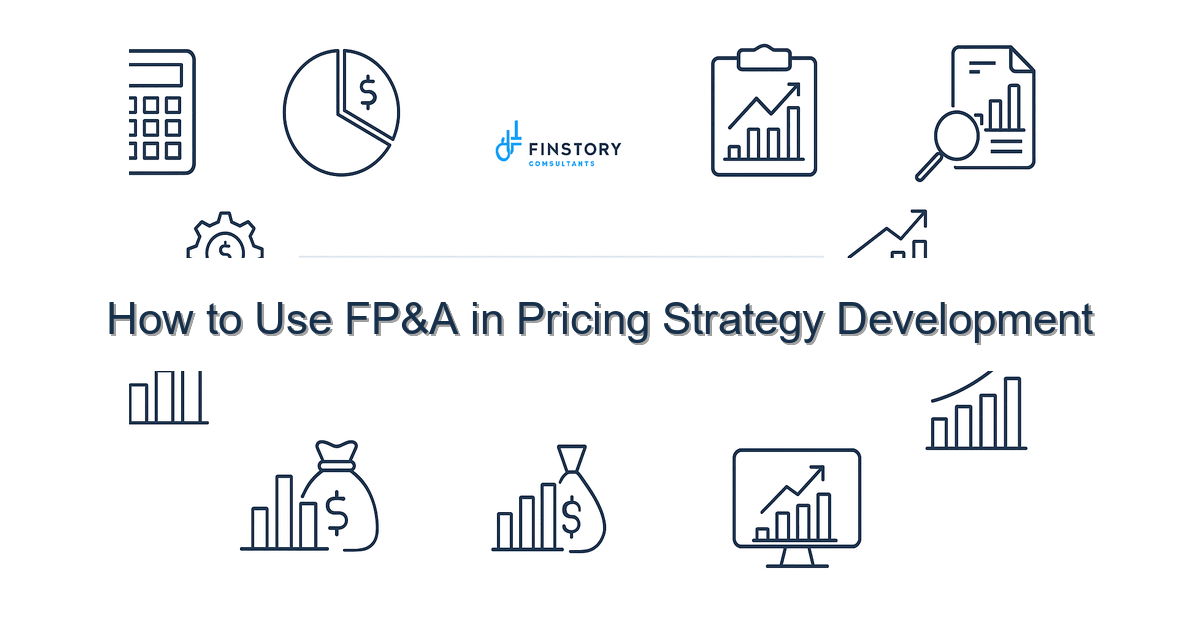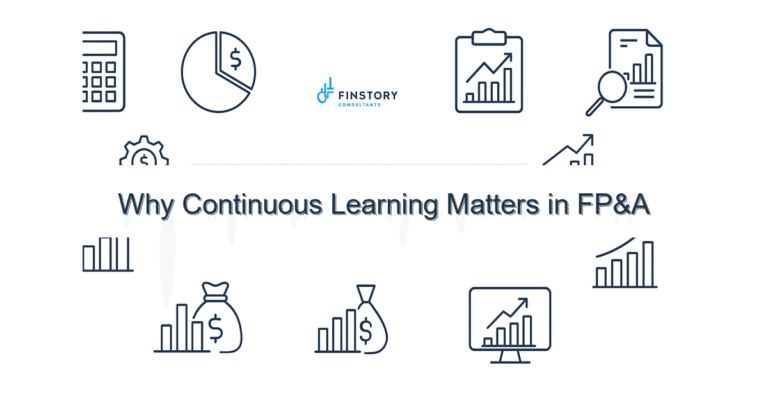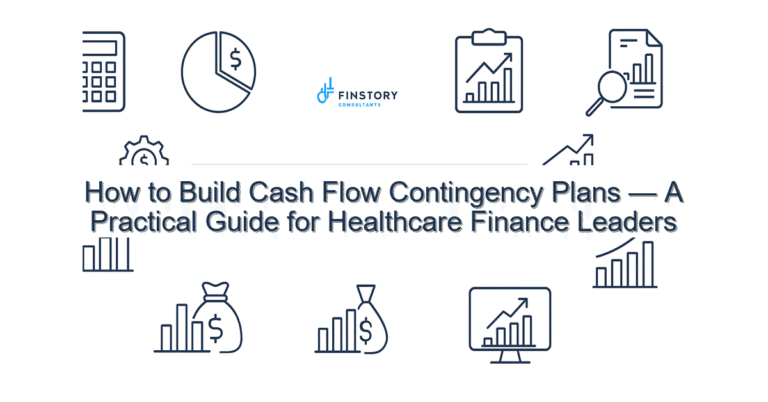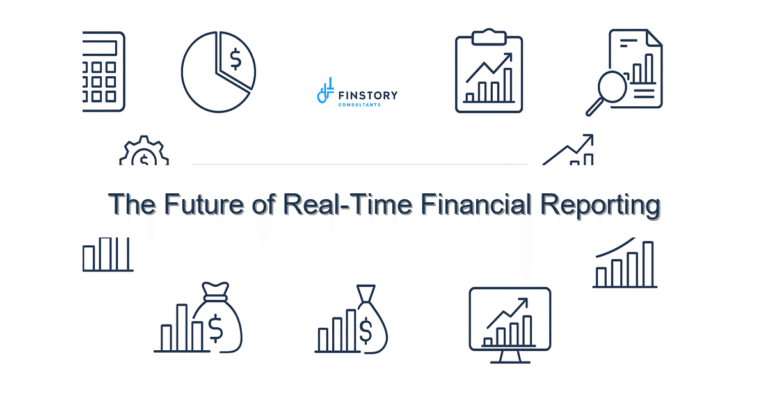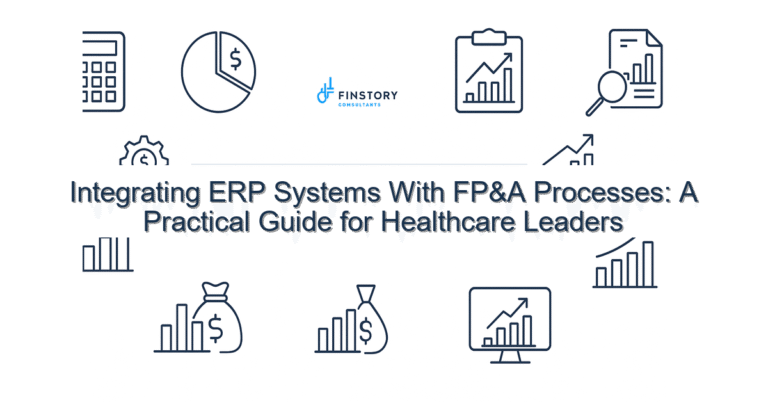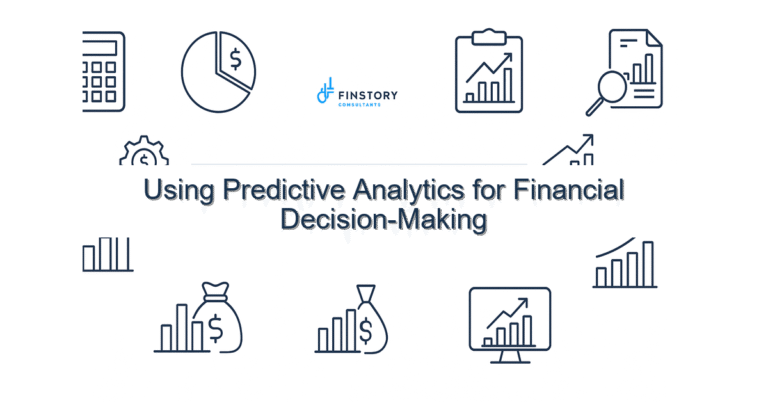How to Use FP&A in Pricing Strategy Development
You’re under pressure to protect margins while keeping care affordable. You need pricing decisions that are fast, defensible, and tied to real costs — not guesswork. FP&A can give you that clarity.
Summary: Use FP&A pricing strategy to marry cost-to-serve analysis, payer dynamics, and scenario modeling so your team sets prices that sustain margins, reduce negotiation time, and deliver a measurable ROI—the win is faster, repeatable pricing decisions grounded in data.
What’s the real problem? — FP&A pricing strategy
Many healthcare organizations still treat pricing as a mix of habit, historical charge master entries, and one-off negotiations. That leaves finance scrambling with outdated worksheets when a payer calls, leaders guessing on margin impacts, and operations unsure which services make or lose money.
- Conflicting inputs: clinical leaders, operations, and finance each have different cost assumptions.
- Slow cycle times: it takes weeks to produce a defensible price or counteroffer.
- Poor visibility: no single source of truth for cost-to-serve, utilization, or payer mixes.
- Missed revenue: ad hoc discounts or vague thresholds erode margins.
What leaders get wrong
Leaders often mean well but make choices that slow them down or mask the real issue.
- Treat pricing as a commercial or clinical issue—without putting FP&A in the driver’s seat to translate tradeoffs into dollars.
- Rely on static models or spreadsheets that aren’t refreshed with operational reality (supply costs, staffing, LOS).
- Prioritize list price over realized price—focusing on charge-master tweaks rather than net revenue and margins by payer.
- Skip scenario testing—so one unexpected change (e.g., length-of-stay increase) blows up margin assumptions.
A better approach
Apply FP&A for healthcare pricing strategy as an ongoing process, not a quarterly exercise. Here’s a practical 4-step framework you can implement now:
- Define the economic levers. Map cost-to-serve, variable vs fixed costs, and payer mix. Be explicit: which costs change with volume, and which don’t.
- Build a living model. Replace static spreadsheets with a model that links volumes, mix, reimbursement, and unit cost so changing one input recalculates margin instantly.
- Run payer and scenario analysis. Use the model to test contract terms, discount levels, and utilization shifts. Prioritize scenarios by likelihood and financial impact.
- Operationalize pricing decisions. Turn model outputs into price bands, negotiation playbooks, and leadership dashboards for quick approvals.
Real-world story: A midsize regional health system we worked with used this approach to revise their outpatient imaging pricing. By linking scanner utilization, tech labor, and contrast costs into a living model, they reduced pricing cycle time from six weeks to ten days and increased contribution margin on imaging by 6% within a quarter.
Quick implementation checklist
- Create a one-page pricing charter: objectives, stakeholders, decision rights.
- Inventory cost drivers for 10 highest-volume services (labor, supplies, overhead).
- Pull three months of claims and utilization data to validate volumes and payer mix.
- Set up a simple linked model in Power BI or Excel that ties volume → price → margin.
- Identify top 5 payer relationships where renegotiation would move the needle.
- Develop three pricing scenarios per service: base, conservative, and aggressive.
- Create a one-slide negotiation playbook per payer showing acceptable price band and walk-away points.
- Schedule a 2-hour workshop with clinical, operations, and finance to align assumptions.
- Publish a weekly pricing dashboard for leadership reporting—include realized price and negotiation status.
What success looks like
Measure success with clear, finance-oriented KPIs:
- Margin accuracy: model vs actual within ±3–5% after 90 days.
- Pricing cycle time: reduce approval-to-offer from weeks to < 10 business days.
- Negotiation ROI: recover or protect 2–6% of annual revenue on prioritized contracts.
- Decision velocity: number of price tests run per month increases (shows agility).
- Adoption: >80% of pricing approvals use the FP&A model and dashboard.
Risks & how to manage them
Top risks are operational, data, and change-related. Mitigate them directly:
- Bad data: Inaccurate cost drivers lead to wrong prices. Mitigation: validate sample costs with operations and run backtests against historic margins.
- Overcomplex modeling: Models that are too detailed become brittle. Mitigation: start simple (top 10 services), iterate, and keep one “explainable” view for leadership.
- Stakeholder resistance: Clinicians may fear price changes. Mitigation: engage clinical leaders early, show patient access impact, and use neutral scenario comparisons.
Tools & data
Practical tools accelerate FP&A in pricing strategy:
- Finance automation to centralize GL, costing, and staffing data (reduces manual reconciliation).
- Power BI for living models and leadership reporting—create interactive dashboards for scenario exploration.
- Contract analytics to parse payer rates, carve-outs, and prior authorization impacts.
- Operational sources: EHR extracts, case-mix indexes, and supply chain systems for up-to-date cost drivers.
Combine these so leadership reporting updates automatically, giving FP&A a single source of truth for pricing decisions.
FAQs — FP&A pricing strategy
Q: How long does it take to stand up a usable pricing model?
A: With focused scope (top 10 services), you can build a defensible model in 4–8 weeks. Expand after you validate outputs.
Q: Should pricing live in finance or commercial teams?
A: FP&A should lead the economics and modeling; commercial teams execute negotiation. Co-own outcomes with operational leaders.
Q: How do we ensure clinicians buy in?
A: Involve them early, show transparent cost drivers, and present scenarios that protect access while improving sustainability.
Q: What’s a quick win?
A: Start with one service line where utilization and costs are stable (e.g., outpatient imaging) and run a 30–60 day scenario test.
Next steps — FP&A pricing strategy
If you want to move from ad hoc pricing to repeatable, FP&A-driven decisions, start by defining the economic levers and building a living model. Use the checklist above this week: pick one service line, gather three months of data, and run three scenarios. For help, reach out—our team specializes in FP&A for healthcare pricing strategy and leadership reporting.
Contact Finstory about FP&A pricing strategy to map your process, stand up dashboards, and train your team. We’ll help you use financial planning and analysis pricing strategy to set defensible prices and speed negotiations.
Read more about pricing strategy or explore our FP&A services for healthcare leaders.
Work with Finstory. If you want this done right—tailored to your operations—we’ll map the process, stand up the dashboards, and train your team. Let’s talk about your goals.
📞 Ready to take the next step?
Book a 20-min call with our experts and see how we can help your team move faster.
Prefer email or phone? Write to info@finstory.net
or call +91 44-45811170.
